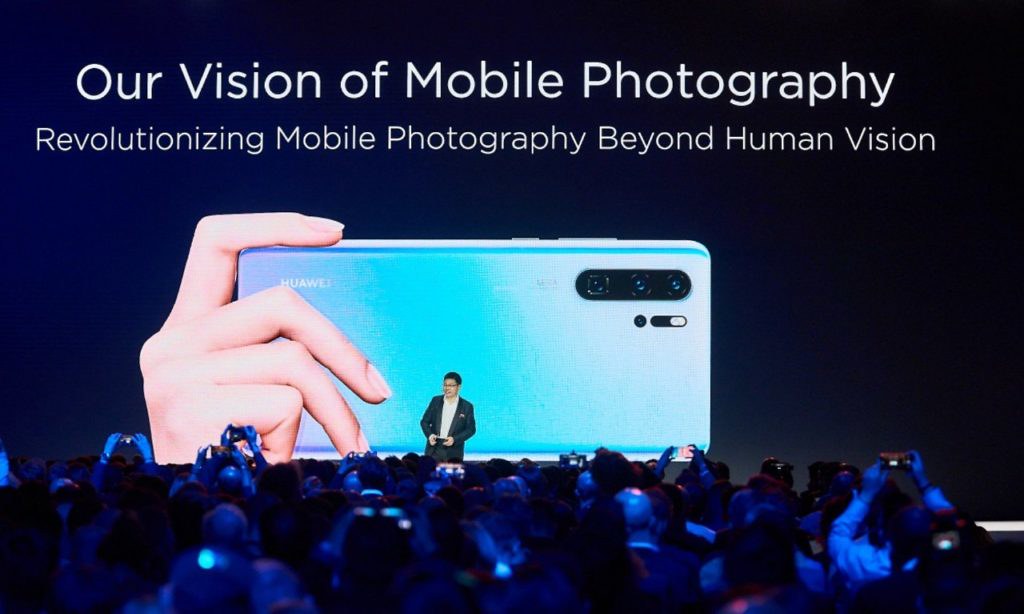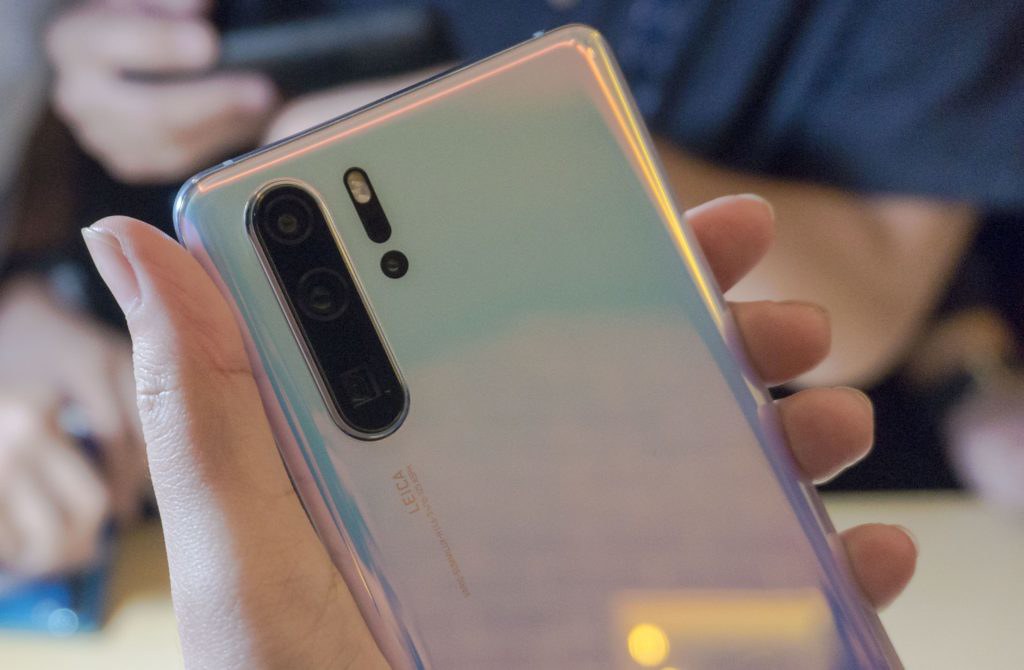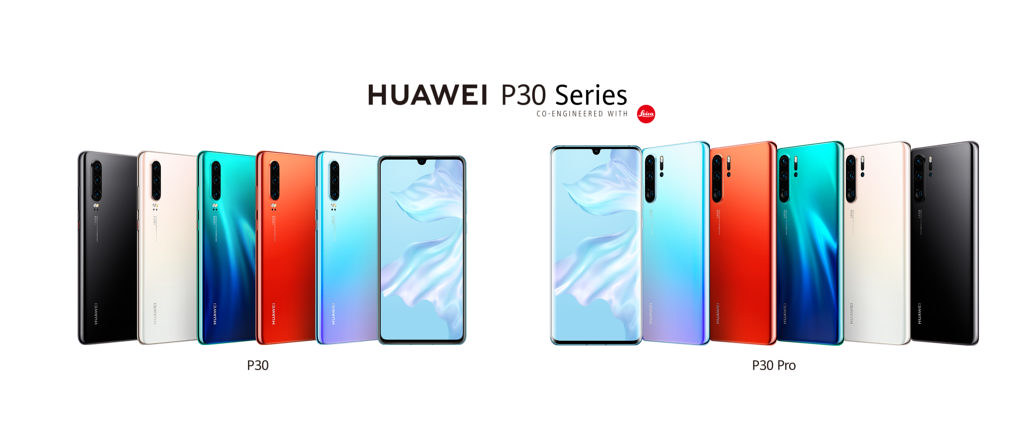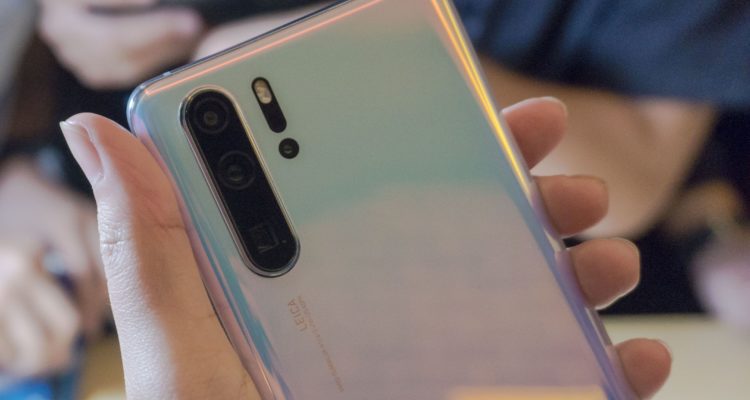Huawei dubs it newest flagships “ultimate evolution in mobile photography.” The P30 series isn’t just a new smartphone line. Instead, the company promises that it offers so much more. But like it has been in the past, a lot of it is centered around the line’s smartphone photography capabilities. Is it the best? Is it something you should be paying attention to?

It shoots and scores!
On paper alone, there’s a lot going for the P30 series. With Huawei considering these as “camera phones,” you certainly get a lot to work with in that department. The improvements focused a lot on night/low-light photography, better range, and upgraded video capabilities.
The flagship P30 Pro has one more sensor over its little brother, the P30. Both share a 32-megapixel front camera with f/2.0 aperture. Both also have a 40-megapixel main wide-angle lens at the back. But the P30 Pro comes with an f/1.6 aperture and OIS, while the P30 doesn’t have OIS and has an f/1.8 aperture.
The main SuperSpectrum lens swaps out the usual RGGB sensor for an RYYB one, which Huawei claims lets around 40 percent more light in and give you a more accurate photo taken at whatever time of the day.

The phones also offer what’s considered the highest light sensitivity for phones with the P30 capable of going up to ISO 204,800 and the P30 Pro up to a whopping ISO 409,600. Both give you the capability to capture images from even the darkest situations.
The P30 Pro also has a 20-megapixel ultra-wide-angle lens with f/2.2 aperture, while the P30 has a 16-megapixel ultra-wide-angle lens with f/2.2 aperture. Both letting you capture a lot more of a scene.

Both phones come with an 8-megapixel telephoto lens with OIS. But one differs from the other. The P30 Pro with an f/3.4 aperture has a periscope zoom lens that offers lossless 5x optical zoom, 10x hybrid zoom, and 50x digital zoom. This sensor allows you to take macro shots from as close as 2.5cm. Meanwhile, the P30 has an f/2.4 aperture and 3x optical zoom, 5x hybrid zoom, and 30x digital zoom.
Huawei was able to achieve the zooming capabilities of the P30 Pro thanks to the prism element in the telephoto camera. It bends light at a 90-degree angle to maximize focal length while minimizing camera height and avoiding any disruption on the phone’s design.

The P30 Pro also gets an extra sensor with the Time of Flight lens. This lens is designed to improve portrait mode, augmented reality mode, or other apps and features that would benefit from depth mapping.
Huawei injects AI HDR+ for both the front and rear cameras. It combines multiple shots taken in quick succession to eliminate overexposed and backlit images.
On top of improving the photo capabilities of the phones, there are new video-related features for the P30 series. The P30 Pro particularly gets a new Dual-View Video mode that takes two perspectives of a scene at the same time by using multiple cameras at once. For example, it can capture the full view of a scene as well as a close-up. The new cameras on the P30 series also allow for better low-light videos, steadier shots, and crisper close-ups.
As eye-catching as expected
While we can consider the P30 series as an evolution of the previous series, that doesn’t mean it doesn’t look great. You can see the P30 Pro taking inspiration from the Mate 20 line, while the P30 looks like a refined version of the P20 Pro. It’s been created with a nine-layer optical color finish, inspired by the unique color palette and pristine look of salt flats.
It comes in eye-catching new colors with interesting names: Breathing Crystal, Amber Sunrise, Pearl White, Classical Black, and Aurora (a Huawei signature we’ve seen copied endlessly in the segment). The P30 and P30 Pro are available locally in Breathing Crystal, Classical Black, and Aurora.

The P30 has a 6.1-inch FHD+ OLED display, while the P30 Pro has a 6.47-inch FHD+ Curved OLED screen. Huawei drops the bevy of cameras and sensors on the Mate 20 Pro to give both the P30 and P30 Pro a smaller dewdrop notch on the display, which the company claims is symmetric.
Huawei designed these phones to be more compact with narrower bezels and a lighter build.
All the power
Both phones run on up to 86B RAM and the Kirin 980 processor and Mali-G76 GPU. The storage option for the P30 Pro goes up to 512GB, while the P30 goes up to 256GB.
Battery for the P30 Pro is at 4,200mAh and it supports Huawei’s SuperCharge, which charges up to a maximum of 40W and Wireless Quick Charge of up to 15W. The P30 has a smaller 3,650mAh battery with Huawei SuperCharge support. But it doesn’t offer wireless charging.

Another difference is the P30 has a headphone jack, while the P30 Pro doesn’t. When it comes to protection, the P30 Pro has an IP68 protection, while the P30 has a lower IP53 protection.
The P30 Pro model coming to the Philippines comes with 8GB of RAM and 256GB internal storage. This retails for P50,990. The P30 model available here has 8GB of RAM and 128GB internal storage. And this retails for P36,990.
Both phones will be available for pre-order starting April 5 until April 12. If you pre-order, the P30 and P30 Pro also come with a free Huawei Watch GT worth P12,990.













[…] Huawei P30 puts focus on photo smarts […]
[…] told you before about Huawei’s flagship P30 Pro, which was dubbed the “ultimate evolution in mobile photography.” The brand has always been […]
[…] the much-awaited P40 series. After stunning everyone with its partnership with Leica on the P30 series (here’s our review of the P30 Pro) and subsequently on the Mate 30 series, it’s bringing a […]